Gorongosa – Away from sepia light
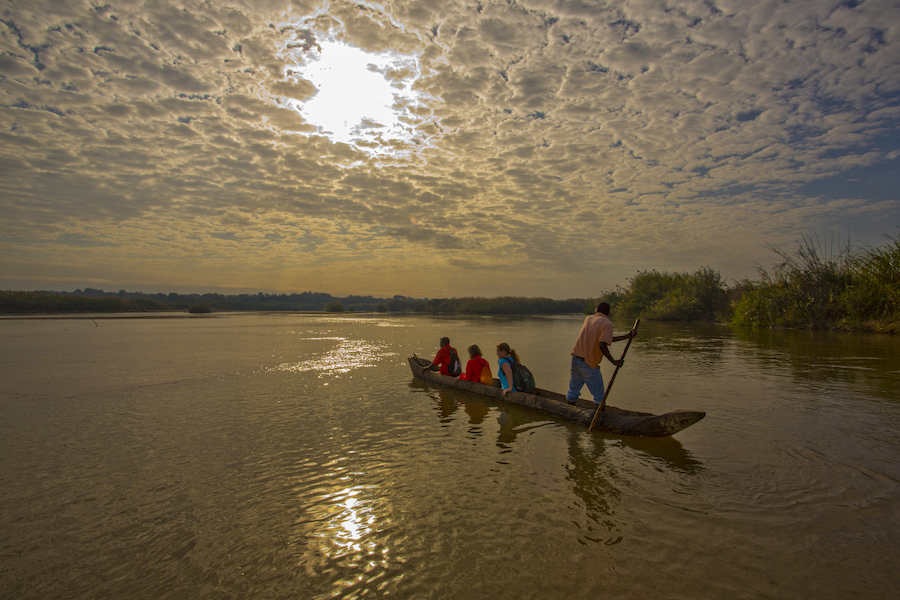
The day is born from the belly of the forest wrapped in the dew that moistens our skin. Gorongosa National Park wakes up as if the night were just a magical cloak over the sun. It’s daytime again, but nothing is the same. And then we realized why it is always suggested that visitors do two safaris, one in the late afternoon and one in the early morning.
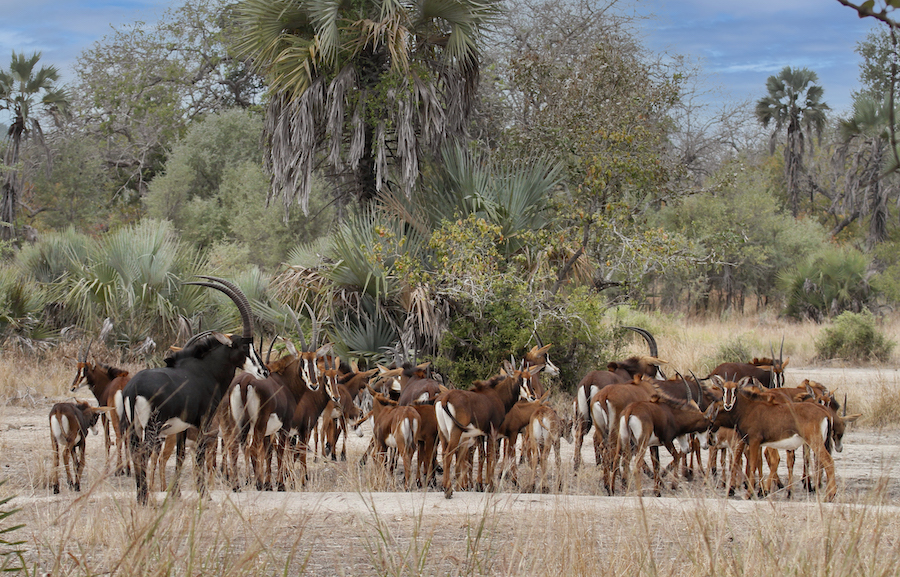
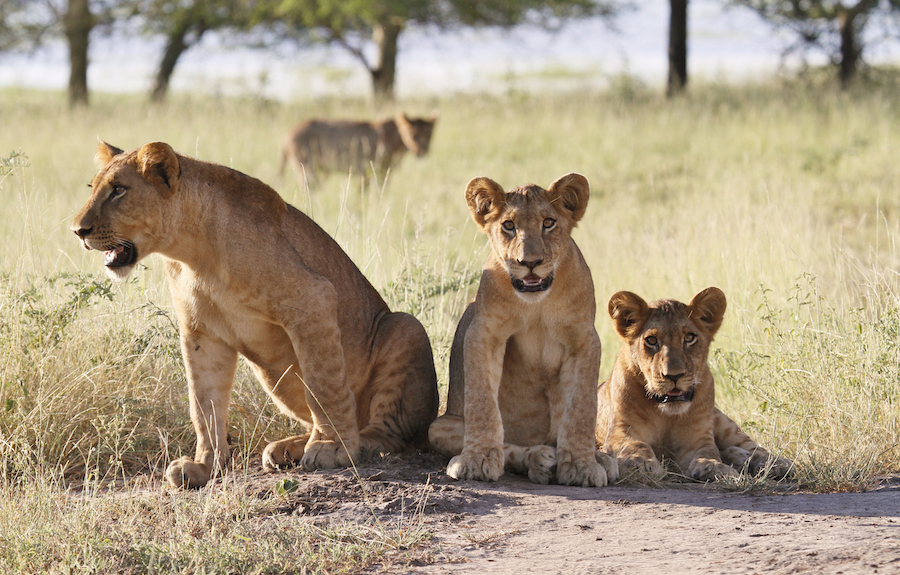
In Gorongosa, the weight of curiosity always seems to make fear a feather.
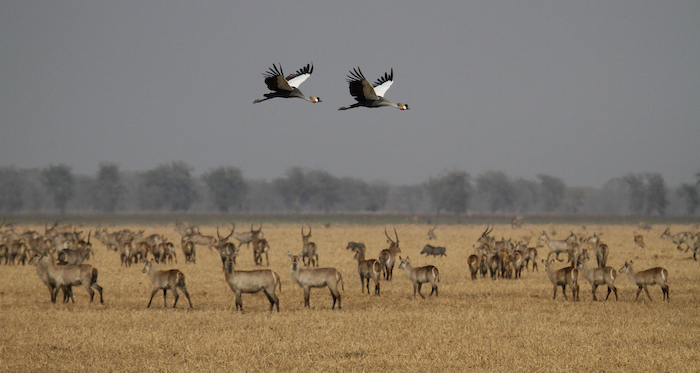
Advertising
The previous afternoon, we came across a lone elephant stretching its trunk to access the leaves of an acacia tree, with baboons pirouetting and a pack of wild dogs in a nap. As night approached, we arrived at the lagoon at the end of the undergrowth, as if it were a sea of larvae from a recent eruption, with the blue-gray color of the sky at the end of the day and the sun with orange rubbing against red. A colour that resists even after the sun sets on the horizon.
But nothing today is like it was yesterday. The sky gave the lagoon another colour. The impalas that were always elusive in the afternoon, just figures among the bushes defying our retina, in the morning they can be seen for longer, as if stretching after a night when they were too busy to be invisible to the eyes of predators. A hippopotamus bathes in one of these ponds made of emptiness and water and tree leaves as confetti celebrating life. And isn’t that always what a new day is, the celebration of life?
A lion roars, we follow the direction of the sound, lost in the excitement of finding it. But we do not find it in the place suggested by the sound. Just a heron on the highest branch of the tree, beyond that, just the sky. On land, there are no signs of the lion, only the bones of a waterbuck, the most experienced guides tell us. The distribution of bones says a lot about predators. Guides, in this daily job, also learned to be coroners. “It was the wild dogs”, there is no air of doubt in what they say. How do you know? They tell me that these wild dogs that have learned to walk in packs to become stronger and more effective, after killing their prey, they tear it apart, each pulling the piece that can satisfy their hunger. In the distance, a herd of wildebeests approaches. But they notice our presence and head back into the denser forest. Again, the lion’s roar. We turn to the new direction. “Aren’t you afraid to find what you’re looking for?”, a question posed to one of the characters in one of the tales of O Caçador dos Elefantes Invisíveis by Mia Couto, which could now echo the plot of a horror film. But the weight of curiosity always seems to make fear a feather. We found the lion lounging in a patch of grass not even knee-high, as if it were posing for a photograph. It´s getting ready for a nap, after a long night trying to be invisible until it catches the prey. It seems to notice our presence. But then he curls up in the grass, as if he doesn’t want to be photographed or filmed in the wrong light – Madonna said the same about Warren Beatty.
Gorongosa National Park has also shed the sepia light of the past. That of the years of wars that almost condemned it to death as well. But rises from the ashes by Greg Carr’s hand, a philanthropist who made his fortune in technology and decided to invest in environmental causes. In 2004, with the Government of Mozambique, he agreed to rebuild the Park’s infrastructure, restore its wild fauna and flora and promote economic development. Today, almost 20 years later, the GNP is an example of restoration and conservation in Africa that has a lot to teach the world.
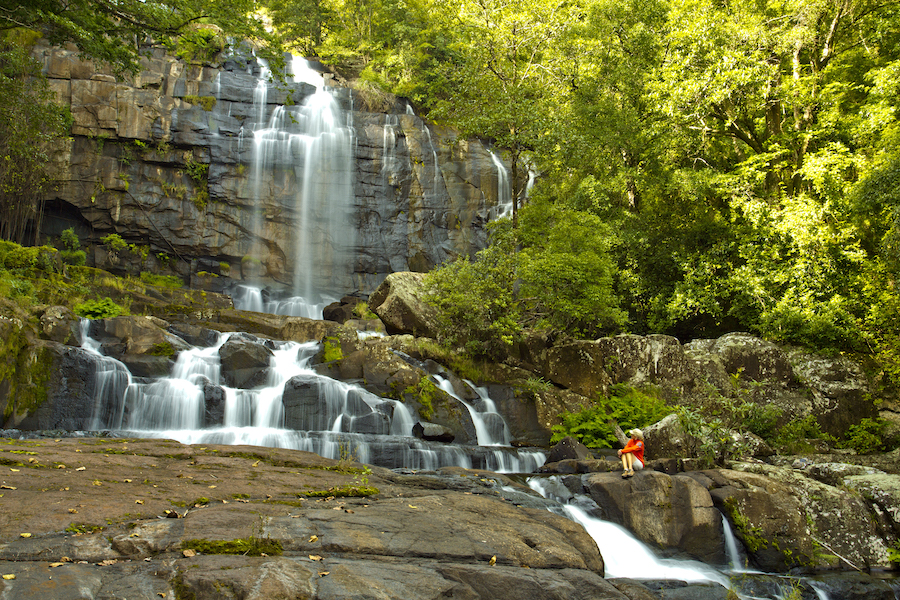
But there is life beyond the Park. Along the paths of Gorongosa Mountain, with mountains covered in green on the horizon, we chased the waterfall. We know we´re close. We hear it moving. Water runs and falls.The river seems to rise from the stones. The water rushes and falls now on our shoulders.
▶ How to go
From Maputo, you can fly to Beira. It is a trip of close to 200 km by road to reach Gorongosa.
▶ What to do
Safari in the late afternoon and early morning. Follow the trails to the waterfall. But also visit the many projects implemented by the Park, such as the Pangolin Rehabilitation Center, where you can hold them.
▶ Where to eat
The Montebelo Gorongosa Lodge & Safari’s restaurant offers a variety of dishes.
▶ Where sleep
At the Montebelo Gorongosa Lodge & Safari or in the tents in the Park area, where you may be visited by warthogs and small monkeys.
▶ What to watch out for
Do not feed the animals. Always have guides close by. Part of the trail to the waterfall is done on foot and you must wear adequate shoes.
Issue 75 Sept/Oct | Download.
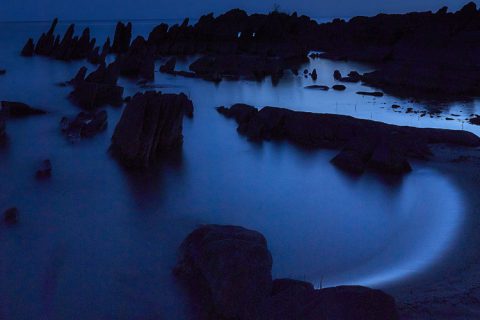
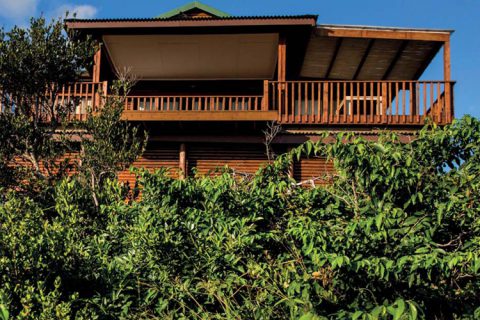



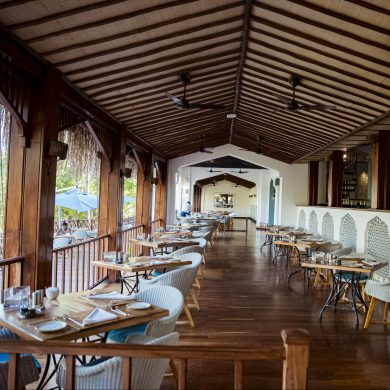
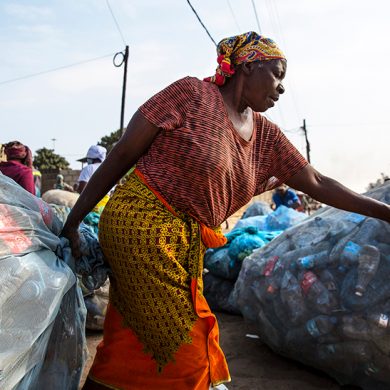

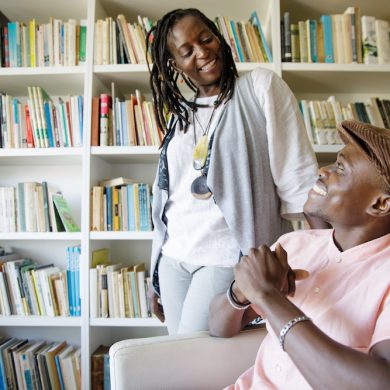












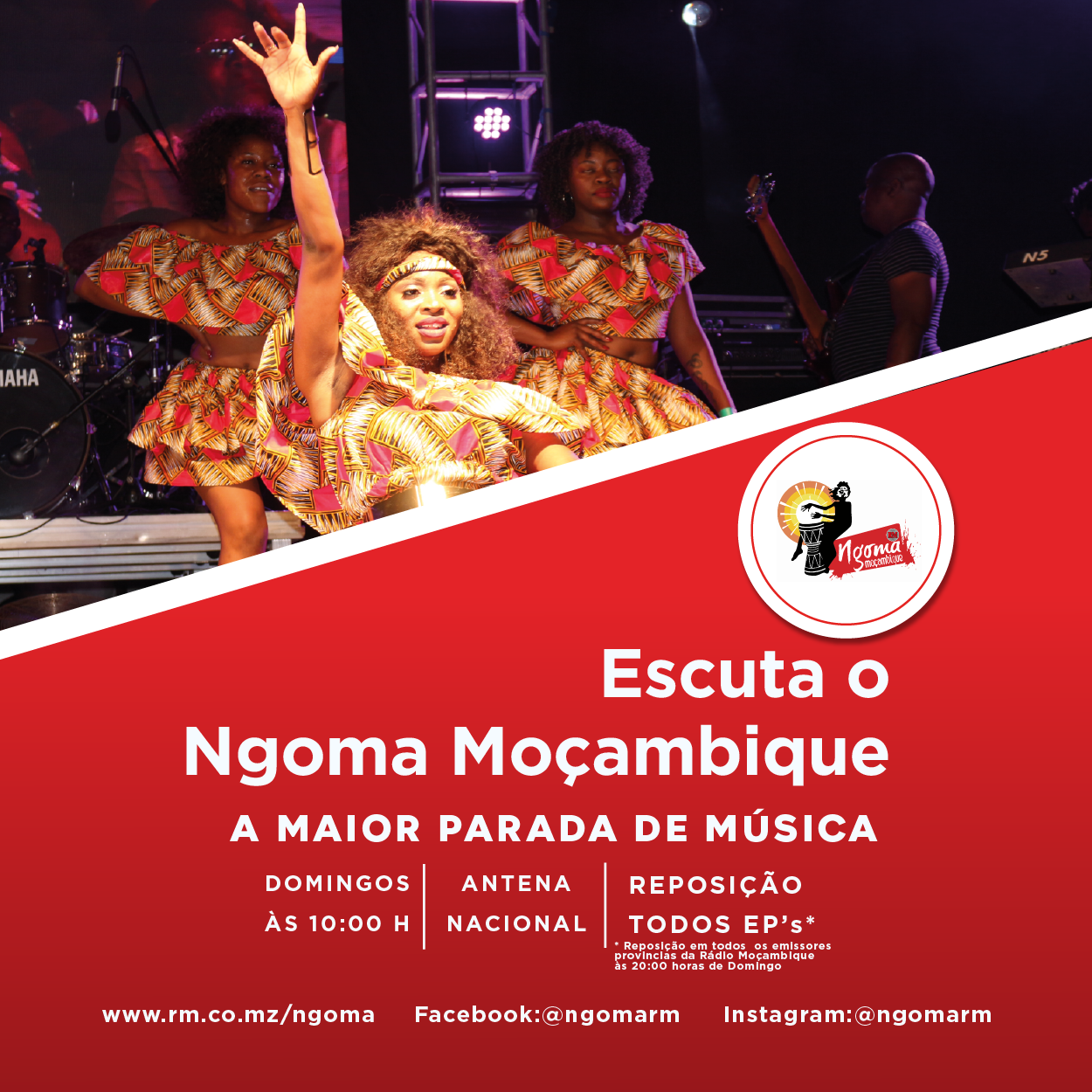






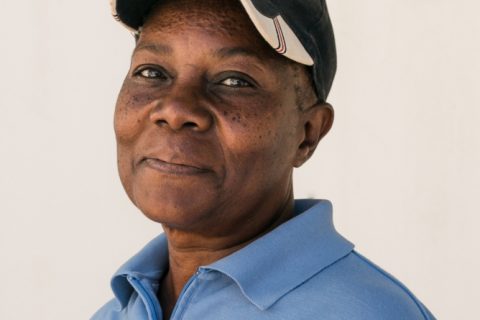
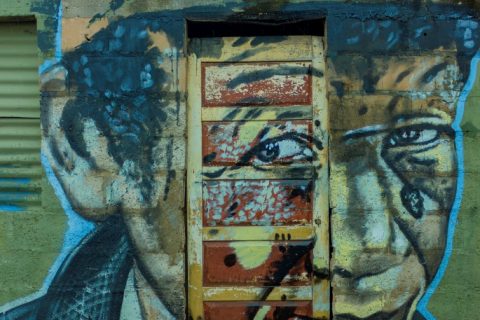

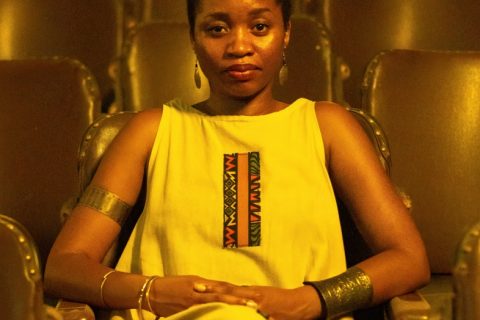
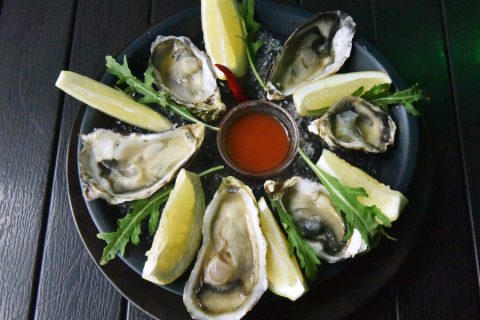
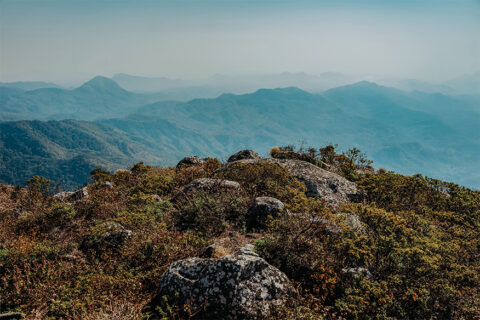

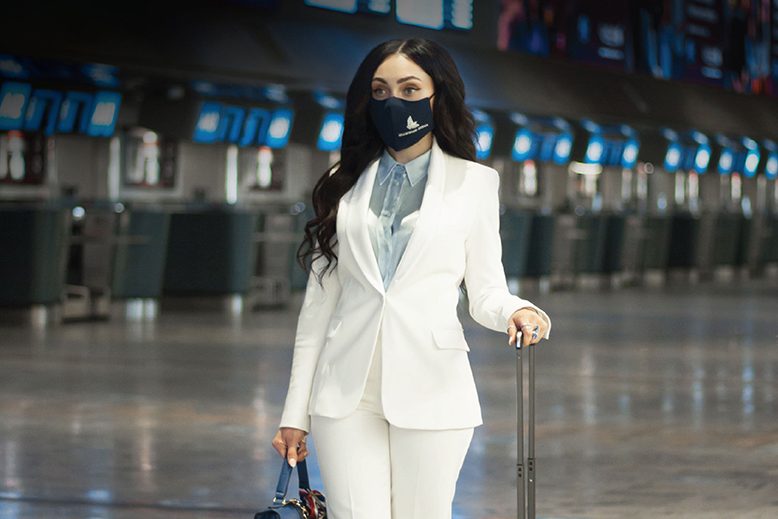
0 Comments